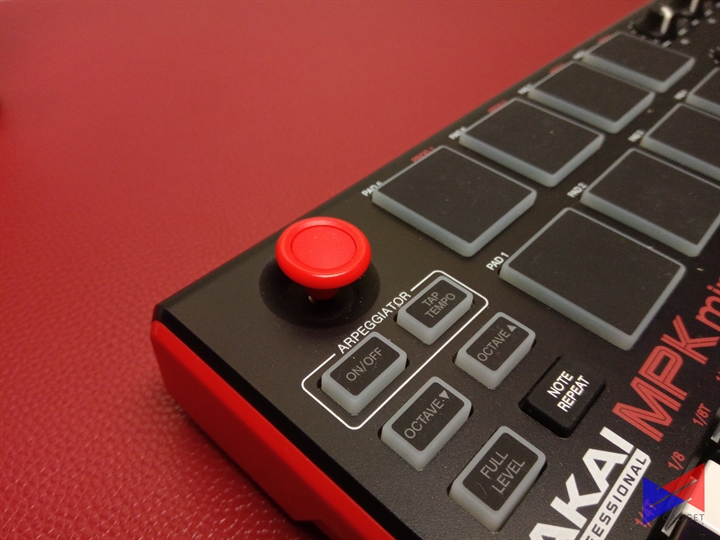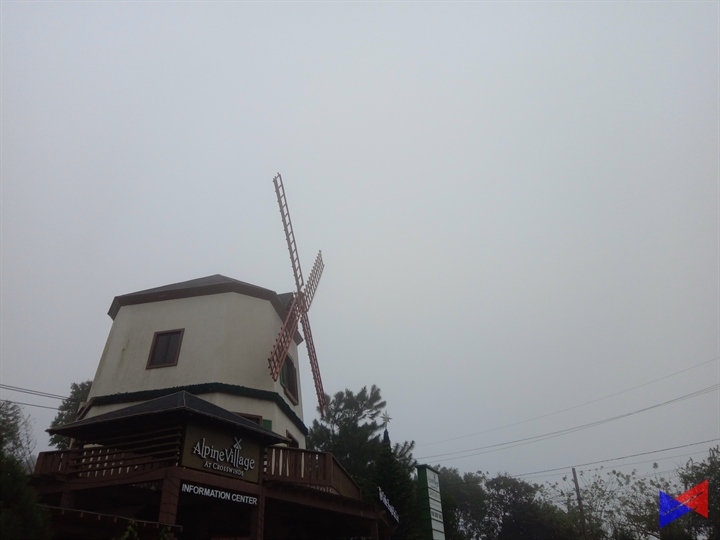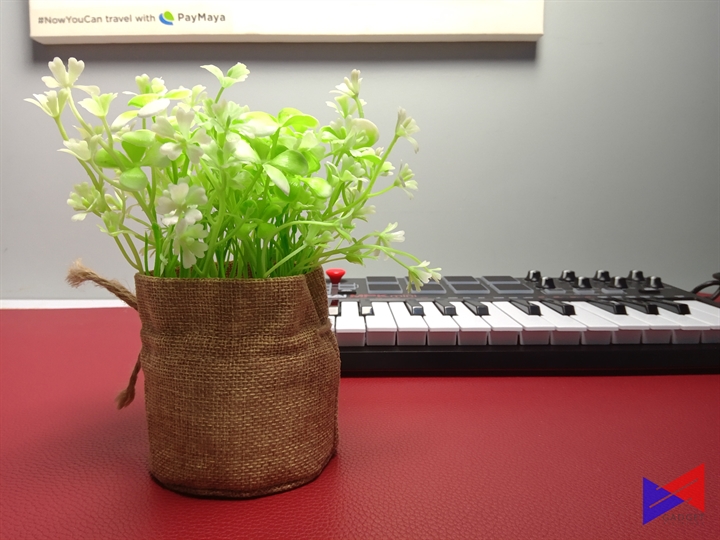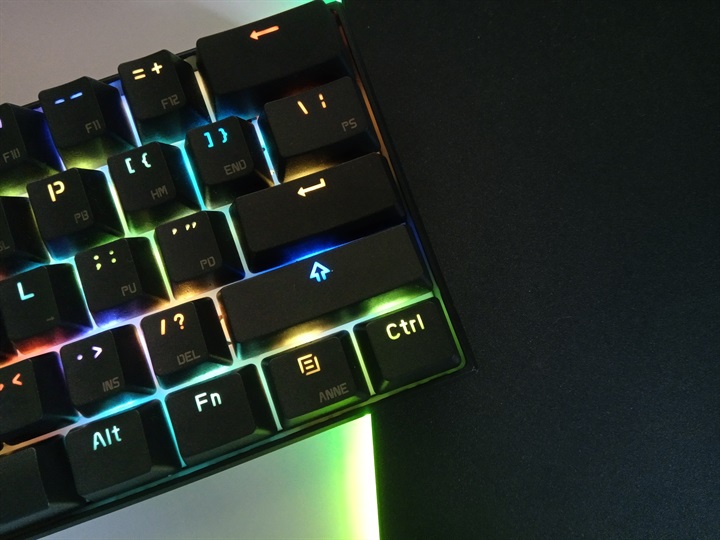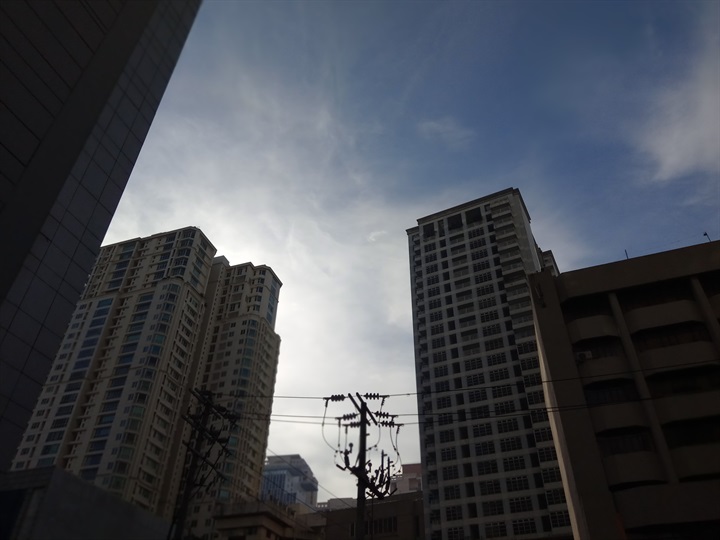Cloudfone has been under our radar since last year with their introduction of Excite Prime 2. It was an amazing device, to begin with, but its highlight feature is its cameras. It’s never a bad thing, but at that time, most of the international brands are hot about 18:9 display ratio.
Local brands like Cherry Mobile, on the other hand, dabbled in futile attempt to sway their customers to buy their dual-rear camera smartphones.
Huawei launched Nova 2i, and it was unarguably, one of the best selling phones in the country. VIVO and OPPO later announced VIVO V7 and OPPO F5 respectively a few months later. Obviously, international brands recognized this growing demand, and local brands are now starting to notice it, including Cloudfone.
A month ago, Cloudfone announced the availability of Next Infinity, a brand new series of smartphones, which feature 18:9 display ratio and competitive hardware specifications.
 The flagship in the series, the Next Infinity Quattro, features top of the line specifications. We unboxed and gave our first impressions a few weeks ago on this link.
The flagship in the series, the Next Infinity Quattro, features top of the line specifications. We unboxed and gave our first impressions a few weeks ago on this link.
Cloudfone Next Infinity Quattro Specifications
- 13mp + 5mp rear camera w/LED flash, PDAF and Portrait Mode
- 20mp + 8mp front camera with Softlight, Sony Sensor, Portait Mode
- 6-inch HD+ IPS Display, Corning Gorilla Glass 3
- 2.6GHz MediaTek Helio P25 Octa-Core CPU
- Mali T880 GPU
- 64GB Internal Storage (expandable up to 256gb)
- 4GB RAM
- 4010mAh non-removable battery
- Fingerprint scanner
- 4G LTE (Band 28, 700Mhz), Wifi
- Android 7.0 Nougat
- Dual SIM, Dual Standby
4 cameras, display with 18;9 ratio, 4GB RAM – obviously, this smartphone is packed with flagship-level specifications, but at a PhP12,999 price.
[su_pullquote align=”right”]Cloudfone Next Infinity Quattro’s 6-inch HD+ IPS display with 18:9 screen ratio is gorgeous. [/su_pullquote]Its overall look is reminiscent of OnePlus 5T’s design, albeit a thicker profile. Its screen stands out and gets the attention it deserves when it’s turned on. And by ‘it deserves’, I do mean it.
Cloudfone Next Infinity Quattro’s 6-inch HD+ IPS display with 18:9 screen ratio is gorgeous. My first impression didn’t change at all. Screen is vibrant, and the contrast level is amazing. Texts appear sharp, and the colors are vivid enough to appreciate visual content on the phone. Color contrast is topnotch as well! Color me impressed, Cloudfone.
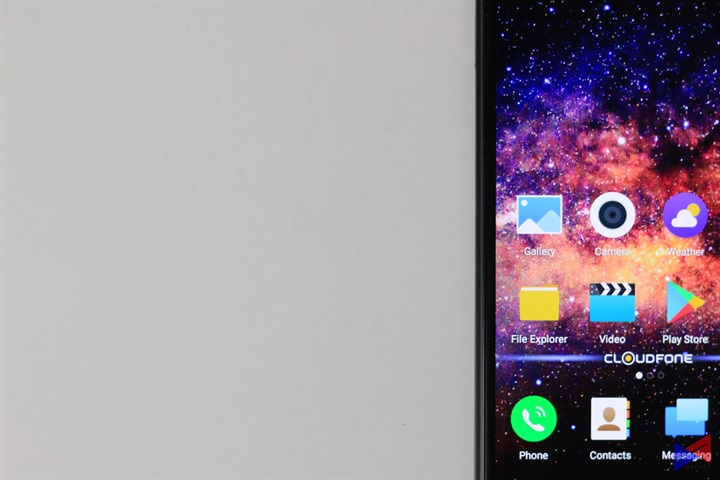 At the top screen, you will find dual front cameras (20MP + 5MP with softlight flash and Sony sensor. Its rear or main cameras are found at the upper left portion of the back panel. Sittin beside it is an LED flash. Below the rear camera set is where the fingerprint sensor is located. The latter isn’t as responsive as the ones from OPPO F5 and Huawei Nova 2i, but it definitely serves the purpose of getting the device unlocked or authorizing secured transactions.
At the top screen, you will find dual front cameras (20MP + 5MP with softlight flash and Sony sensor. Its rear or main cameras are found at the upper left portion of the back panel. Sittin beside it is an LED flash. Below the rear camera set is where the fingerprint sensor is located. The latter isn’t as responsive as the ones from OPPO F5 and Huawei Nova 2i, but it definitely serves the purpose of getting the device unlocked or authorizing secured transactions.
The phone’s heavy, and that’s not necessarily a bad thing. Its a slab of beautiful and smart metal. It’s slippery to hold, but the included silicone case gives it a better grip. Access to hardware buttons is located on the right side, while the dual-SIM/Micro SD card is on the left side.
Next Infinity Quattro still uses Micro USB, which a little disappointing since most local and international brands are now using USB Type C. This, however, puts them at par with the OPPO F5 and VIVO V7, which still use micro USB. USB Type C is now the preferred USB connector system as it has more connectivity issues than the aging Micro USB.
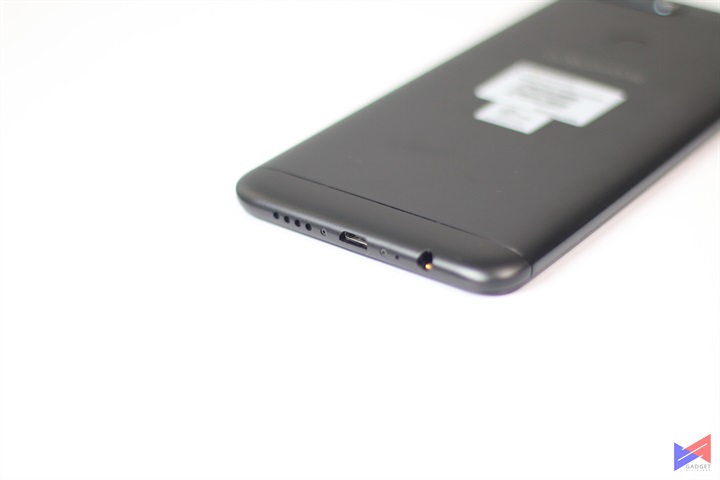 [su_quote cite=”Universal Serial Bus Type-C Cable and Connector Specification Revision 1.2 (March 25, 2016), section A.1, page 194″]USB-C plug supports analog headsets through an audio adapter accessory with a 3.5 mm socket providing four standard analog audio connections (Left, Right, Microphone, and Ground). The audio adapter may optionally include a USB-C pass-through plug to allow 500 mA device charging. The engineering specification states that a 3.5 mm analog headset jack should not replace a USB-C plug.[/su_quote]
[su_quote cite=”Universal Serial Bus Type-C Cable and Connector Specification Revision 1.2 (March 25, 2016), section A.1, page 194″]USB-C plug supports analog headsets through an audio adapter accessory with a 3.5 mm socket providing four standard analog audio connections (Left, Right, Microphone, and Ground). The audio adapter may optionally include a USB-C pass-through plug to allow 500 mA device charging. The engineering specification states that a 3.5 mm analog headset jack should not replace a USB-C plug.[/su_quote]
The USB hub is located at the bottom of the device, sandwiched by mono speaker, 3.5mm headphone jack, and microphone. The phone does not feature a secondary microphone for noise cancellation purposes, but I don’t think that’s going to post an issue as most people will probably use this on social media, taking photos and playing games more than anything else.
Software still needs some work
Infinity Quattro runs on the Android 7.0. Upgrade to Android 8.0 will be pushed soon by Cloudfone, but no definite schedule of the rollout is in sight. Sitting on top of the core OS is a cooked minimalist skin, which packs a number of features and apps. We encountered a few issues while using the device, but such errors can easily be addressed with a software patch that can be pushed via Cloudfone Care.
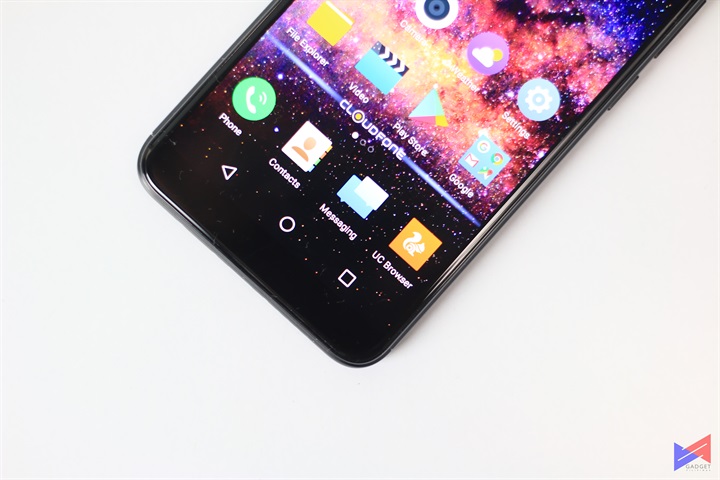 Cloudfone Care houses all the necessary after-sales services for the Infinity Quattro users. At the time of this writing, Customer Care and Cloudfone News tabs in the app don’t work. Quite a bummer there. However, the other tabs such System Maintenance and Bright Ideas (Survey). It also shows a window if there is an update available for the Infinity Quattro.
Cloudfone Care houses all the necessary after-sales services for the Infinity Quattro users. At the time of this writing, Customer Care and Cloudfone News tabs in the app don’t work. Quite a bummer there. However, the other tabs such System Maintenance and Bright Ideas (Survey). It also shows a window if there is an update available for the Infinity Quattro.
Every now and then, you will receive a few updates and news on the drop-down status bar. I was not able to find which app triggers this, but I believe the Cloudfone Care is the culprit. This may be a little annoying for some people as the pushed contents may be relatively intrusive.
The settings menu is divided into 2 sections: Settings and Features. The former shows the usual menus to tweak stock features, while the later showcases the extra features Cloudfone installed in the system. Some buttons bring you the to the sub-settings menu, while the others merely show tutorial content.
- Real-time bokeh: achieve a background blur effect with real-time and adjustable preview.
- Selfies Album
- Power Manager: extreme power saving setup
- Beautified Video: 7-level beauty adjustment
- Fingerprint Security
- Split Screen
- Data Clone
- MaxxAudio
Screen DPI is a little too big, and there is currently no way to change this via Developer Options. If you wish to temporarily change this on the get-go, you may change the launcher application, but it does not affect the overall DPI of specific applications. We recommend that you use Evie Launcher for a cleaner and sleeker look. You can even adjust the homescreen’s columns and rows sizes.
Performance
Similar to what we did for our previous reviews, you deserve quantifiable data, and this is the reason why I’m presenting benchmark results. For the non-geeks, the Cloudfone Next Infinity Quattro is as fast as its nearest competitor (in terms of specs), the OPPO F5.
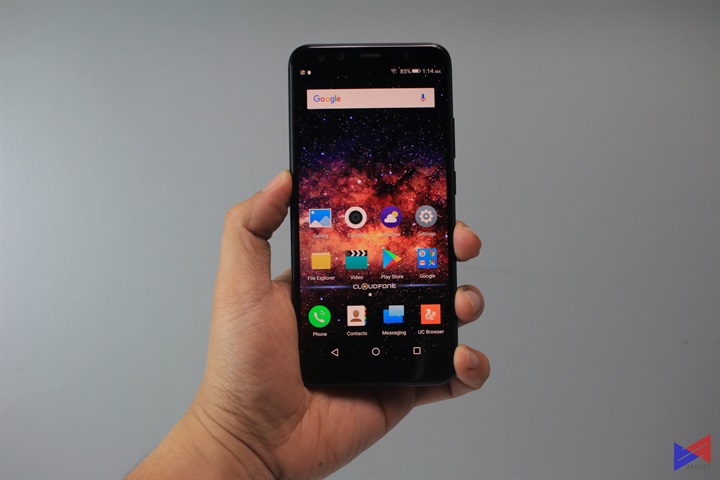 I was able to play the following games at highest/maximum settings in topnotch performance:
I was able to play the following games at highest/maximum settings in topnotch performance:
- Shadow Fight 3
- The Sun: Origin
- Rules of Survival
For the geeks, you need the following data presented below for further reference. Enjoy.
CLOUDFONE NEXT INFINITY QUATTRO BENCHMARK RESULTS
- Antutu Benchmark: 63,431
- 3D: 9,572
- UX: 30,233
- CPU: 18,707
- RAM: 4,909
- Geekbench 4
- Singe-Core Result: 817
- Multi-Core Score: 3,820
- 3D Mark for Smartphones (Next Infinity Quattro is better than 39% of results from other devices)
- Sling Shot Extreme Open GL ES 3.1: 631
- Sling Shot: 1,009
- GFXBench GL Benchmark
I want to emphasize that while most of our readers are familiar with Antutu and Quadrant, I want to put special emphasis on GFXBench GL Benchmark as it shows results that may very well quantify the capabilities of this smartphone. Quite obviously, based on its specifications, Next Infinity Quattro is a powerful device and perfect for many functions: productivity, content and media creation, and gaming. Huawei made sure that you’re going to have fun with this device to play your games and use your applications.
- High-Level Tests: For this tier test, the benchmark app subjects it to on-screen and offscreen graphics tests. The renderer is presented with various surface width and weigh, and pushes it to its limit. Graphics presented often resemble game-like renders. FPS is presented per each grade of test. The higher the score, the better.
- Score: 468.3
- Low-Level Tests: This tier test, the app subjects the phone to on-screen and offscreen graphics tests. Tesselation and texturing are the focuses of the test, and the result is presented in terms of frames.
- Score: 842.8
- High-Level Tests: For this tier test, the benchmark app subjects it to on-screen and offscreen graphics tests. The renderer is presented with various surface width and weigh, and pushes it to its limit. Graphics presented often resemble game-like renders. FPS is presented per each grade of test. The higher the score, the better.
- PCMark for Android Benchmark
PCMark offers a detailed result of the phone’s overall capacity to cope up with the demands of the user. It provides the best and complete benchmark result among other apps, albeit lacking detailed results for graphics capability.
- Work 2.0 Performance: 3,817 (vs 7,040 of Huawei Mate 10 Pro)
Our baseline test puts the device at par with Xiaomi Mi 5. At heavy load, the device peaks up to 2.0GHz, barely hitting its maximum frequency. Temperature goes up to 34-C during our benchmarks. Certainly, this device is something you don’t want to underestimate.
Camera Performance
As a device that sports a Sony sensor, our expectation was really high. Spoiler alert: we got more than what we expected. We showed you some sample photos we took during our first impressions. This time, we loaded a few more extra shots we took using various settings.
The photos above are not post-processed so you can see how capable it is in various environments. We also took a few selfies (wide and narrow) for your reference.
Portrait mode on this phone surprisingly works so great! Background blur is so fine, and there is even no trace of rough blur edges even at maximum blur-level.
Overall, Cloudfone Next Infinity Quattro’s camera performance is the best we’ve seen from local manufacturers. It can definitely post a threat to other international brands, which sell their mid-range products at higher cost.
Verdict
Cloudfone definitely upped their game this time with Next Infinity Quattro. It puts itself to a pedestal worthy to be considered as a solid competitor to both local and international brands. This phone is the best one we’ve reviewed so far this 2018!
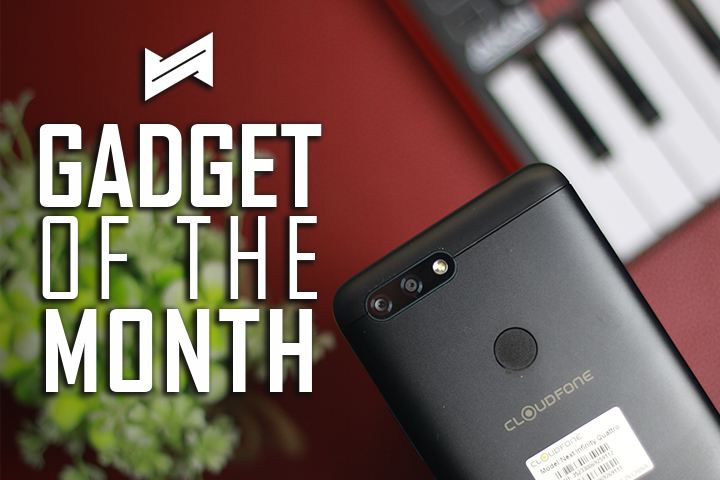
Giancarlo Viterbo is a Filipino Technology Journalist, blogger and Editor of gadgetpilipinas.net, He is also a Geek, Dad and a Husband. He knows a lot about washing the dishes, doing some errands and following instructions from his boss on his day job. Follow him on twitter: @gianviterbo and @gadgetpilipinas.

